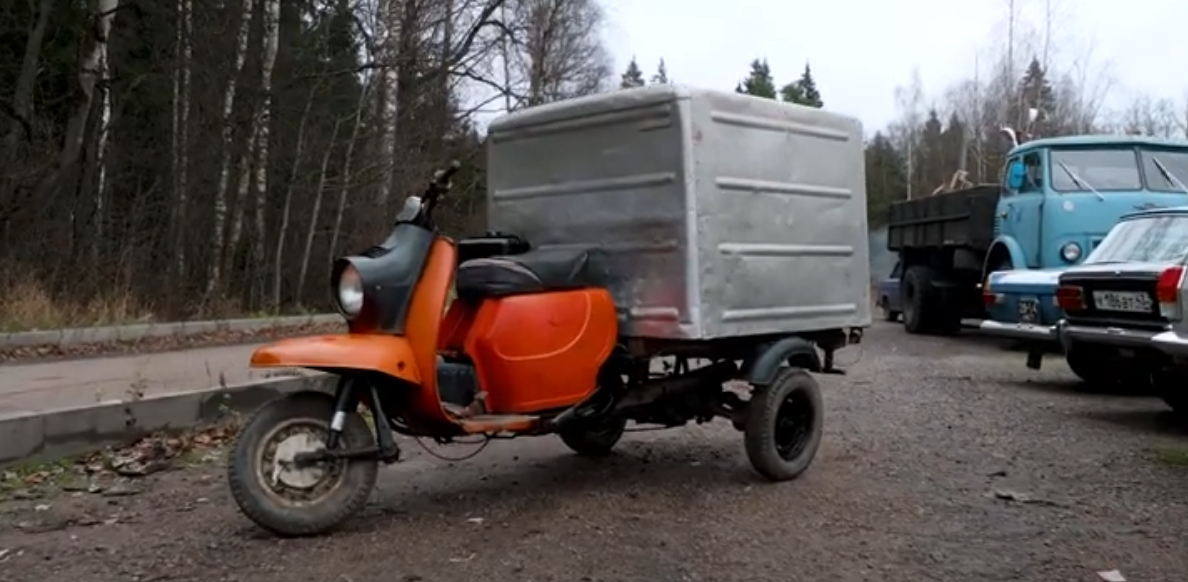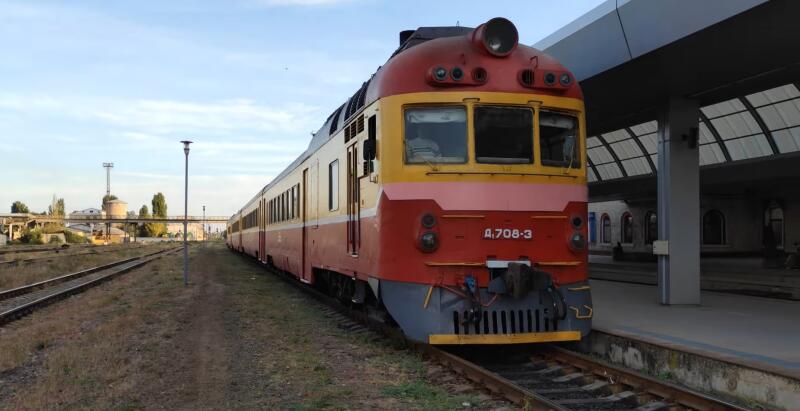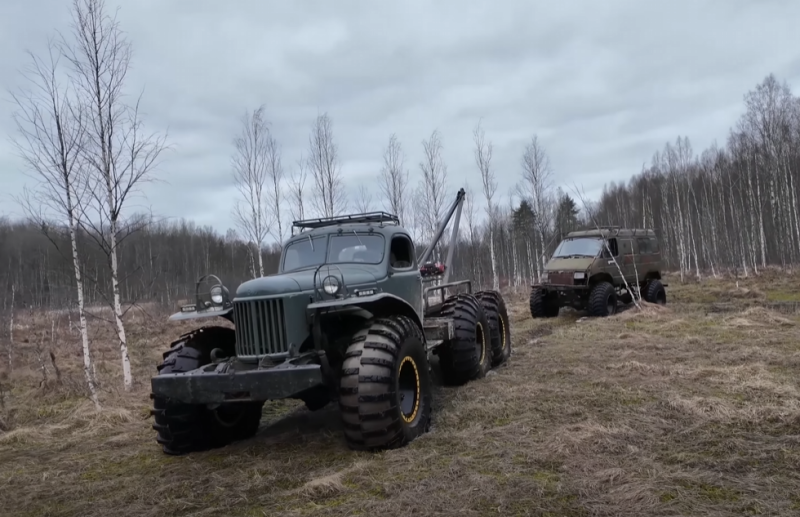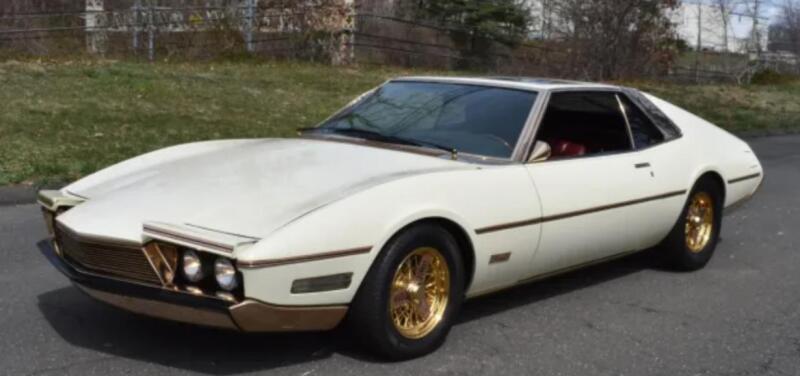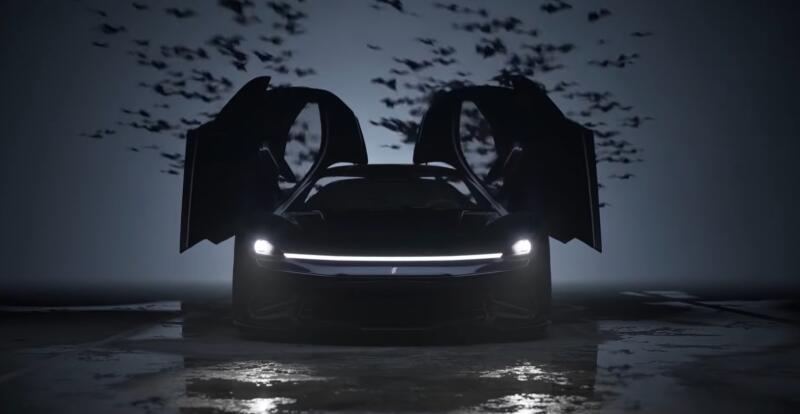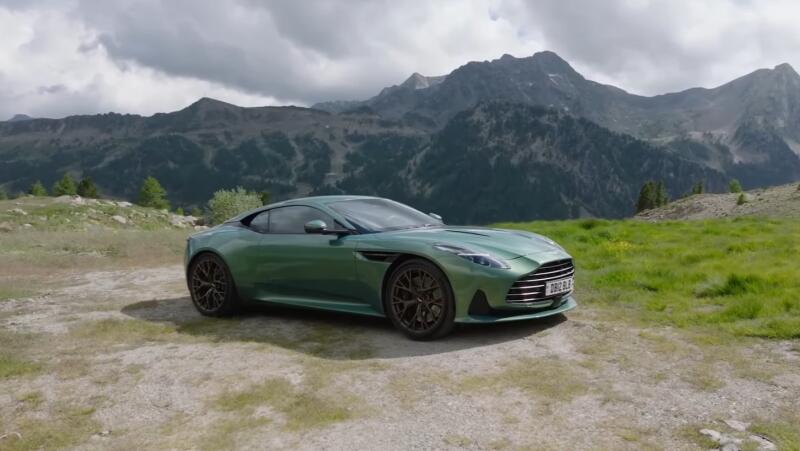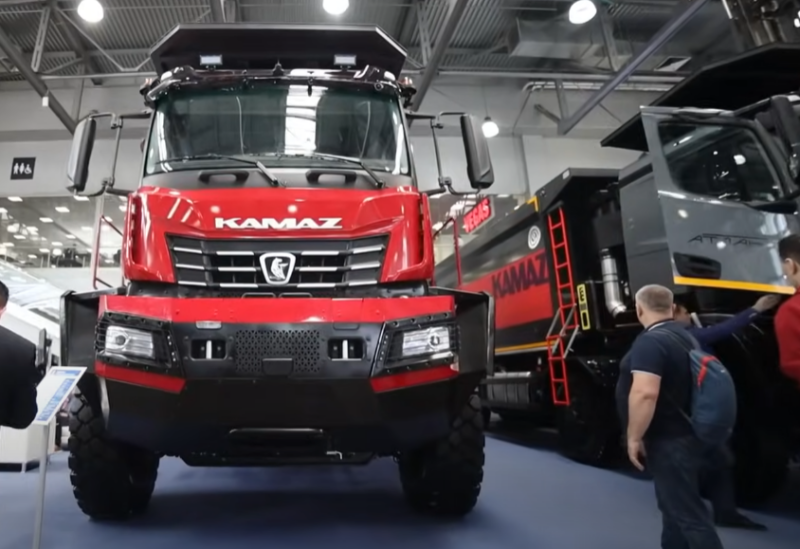The technique was popular in urban utilities, factories and rural areas. Motor scooters "Ant" worked regularly, facilitating the work of thousands of people throughout the USSR. Although now this technique has long been out of production, giving way to numerous Chinese models of this class, they can sometimes be seen, as a rule, in rural areas.
History
In the late 1950s, the Soviet Union needed light vehicles to transport small loads. It was irrational to use trucks for the delivery of meals, mail, intra-factory transportation.
 The scooter looks simple and harmonious. Photo: Youtube.com
The scooter looks simple and harmonious. Photo: Youtube.comDespite the legends that gasoline was not spared in the USSR, economists knew how to count money. Therefore, small loads had to be transported manually. You can't pick a car for everyone. There was also a tense situation with passenger cars at that time. Therefore, the order of the Ministry of Transport in the mid-1950s on the creation of cargo scooters at the Tula Machine-Building Plant came in handy.
The first prototypes of tricycles were not long in coming. They were created on the basis of two-wheeled scooters already ready for mass production in 1957.
Improvements and testing of cargo models lasted about two years. Serial production started in 1959. To make a truck out of a scooter, prototypes were created using parts from Serpukhov wheelchairs, but most of the components were taken from models of their own production. The engineers were faced with the task of making the most unified devices among themselves, and they successfully coped with this.
"Ant" was produced in different versions. It was repeatedly modernized, but structurally it did not change. In 1995, the Ant cargo scooter was discontinued due to lack of demand. Whatever the critics say - this was the main reason for stopping the assembly.
 Despite the engine size of 200 cm3, the rights to the "Ant" were not required. Photo: Youtube.com
Despite the engine size of 200 cm3, the rights to the "Ant" were not required. Photo: Youtube.comIn 2020, the Tula Machine-Building Plant announced the start of sales of the new "Ant" of the VTS 01/02 models. Despite the name, this technique has nothing to do with the Soviet scooter. These are rather traditional Chinese trucks, especially since one received a diesel generator power plant. The second model is electric. However, the novelty turned out to be unclaimed, since in 2021 they asked for about 1 rubles for it.
Design
Nobody worked on the appearance of the Soviet cargo scooter. What is the point of making beautiful working equipment? But the Ant had a design - from two-wheeled models.
The front part should even be called stylish and beautiful, but the cargo platform spoiled the whole impression. By the way, behind you could meet not only an open body, but also various vans and even thermoses and tanks for delivering hot meals and cold kvass.
Technical specifications
For the beginning of the 1960s, the performance characteristics of the Ant scooter were modern and even somewhat advanced, but they were hopelessly outdated back in the 80s. The engine was a simple air-cooled two-stroke. Working volume 199 cm3, power - 8-11 liters. With. The speed of a scooter with one driver is at the level of 60 km / h. With a full load, the equipment did not accelerate to these parameters. With overloads, which were commonplace for the Ant, it kept at the level of 20 km / h.
 On such thermal vans they carried pies. Photo: Youtube.com
On such thermal vans they carried pies. Photo: Youtube.comThe motor of the cargo scooter is designed for A-76 gasoline. As with any two-stroke engine, it needs to be mixed with oil right in the tank. The gearbox of the "Ant" is four-speed, mechanical. Now it seems strange, but for the early 1960s, such gearboxes for scooters were the norm. The gears shift hard and with effort, but the box itself has a high degree of reliability.
The front suspension of the Ant is a typical fork for motorcycles, the rear one is an independent lever. Softness is not here, but it is not needed for a cargo scooter.
Brakes front and rear drum. In those years, discs were not installed on motorcycles in the USSR at all. Yes, and such drum brakes in difficult operating conditions will be more reliable - dirt does not get inside. The handling and maneuverability of the "Ant" are high - the equipment can be deployed without problems in narrow spaces. But the lack of a reverse gear is a minus. Despite the low-power motor, the carrying capacity of the Ant is high - 250 kg. And that's not counting the driver's weight, which are different in physique.
 Many in childhood were sure that the "Ant" accelerates to 140 km / h. Photo: Youtube.com
Many in childhood were sure that the "Ant" accelerates to 140 km / h. Photo: Youtube.comFuel consumption is declared at the level of 4,5 liters, and the tank volume is 13 liters.
Modifications
It is believed that there were two versions of the Ant cargo scooter. If everything is simplified, then this is true, but in fact, there were more of them.
The first model had the TG200 index. But TGA200 got its name because of the performance of the equipment. TGA200-01 and TGA200-01P are modifications of Ant-1.
The second model was created on the basis of the Tulitsa scooter. It was produced in three versions and is known as "Ant-2". The latest model of a cargo scooter from the Tula Machine-Building Plant is the GTS-1. This version was launched in 1991.
Advantages and disadvantages
Of course, within the framework of modern realities, the Ant scooter is hopelessly outdated. But in the days of the USSR, he proved himself to be an unpretentious technique, even suitable for operation in rural areas.
The owners of "Ants" note the reliability of cargo scooters. But you need to understand that the equipment should be looked after. Despite the modest engine size, the Ant could carry up to 300 kg. Of course, the constant overloads for the frame were not in vain, but scooters were exploited mercilessly in factories and villages.
 This is a two-seat version, but the passenger must be slim. Photo: Youtube.com
This is a two-seat version, but the passenger must be slim. Photo: Youtube.comAlthough scooters, in principle, are not intended for rural areas, Soviet designers managed to achieve good cross-country ability. Of course, in rainy weather it was better not to go to the forest or field on the Ant.
No one noticed the shortcomings of technology in the USSR. "Ant" may not like first of all the loud work of a two-stroke engine. It's annoying when traveling.
It is difficult to get parts for Ant. You can find something made in China, but it's better to look for Soviet spare parts from "old stocks".
Is it worth buying a scooter now?
Judging by the reviews of the owners, some copies of the "Ants" are still in service. With proper care, the equipment lasts 30-40 years.
But buying a Soviet cargo scooter for work is not worth it. The problem with details has gotten worse over the years. The acquisition of such equipment is justified only in one case - nostalgia and the desire to preserve a model from the past for posterity. Although, the Ant scooters do not yet represent any collection value, judging by the prices in the secondary market.
 This is the very first model - TG200. Photo: Youtube.com
This is the very first model - TG200. Photo: Youtube.comThey ask for them from 30 to 120 thousand rubles, and according to the upper bar, specimens in perfect condition are offered. Cargo scooters "Ant" were produced for 36 years. During this time, this technique managed to fall in love in all corners of the Soviet Union. In some places, these scooters continue to work to this day. Chinese manufacturers offer cargo motorcycles of a similar design, but they are bought weakly, preferring walk-behind tractors or the “Ants” proven for decades.
